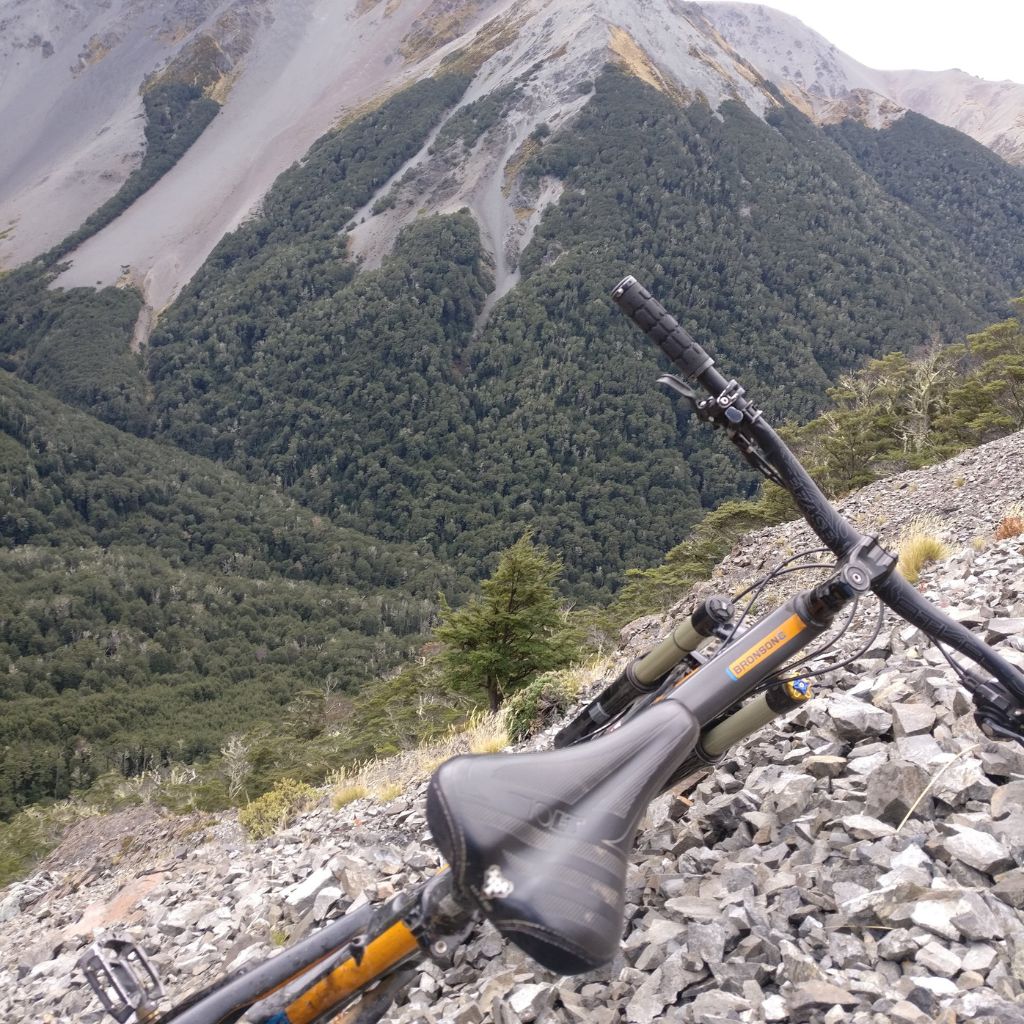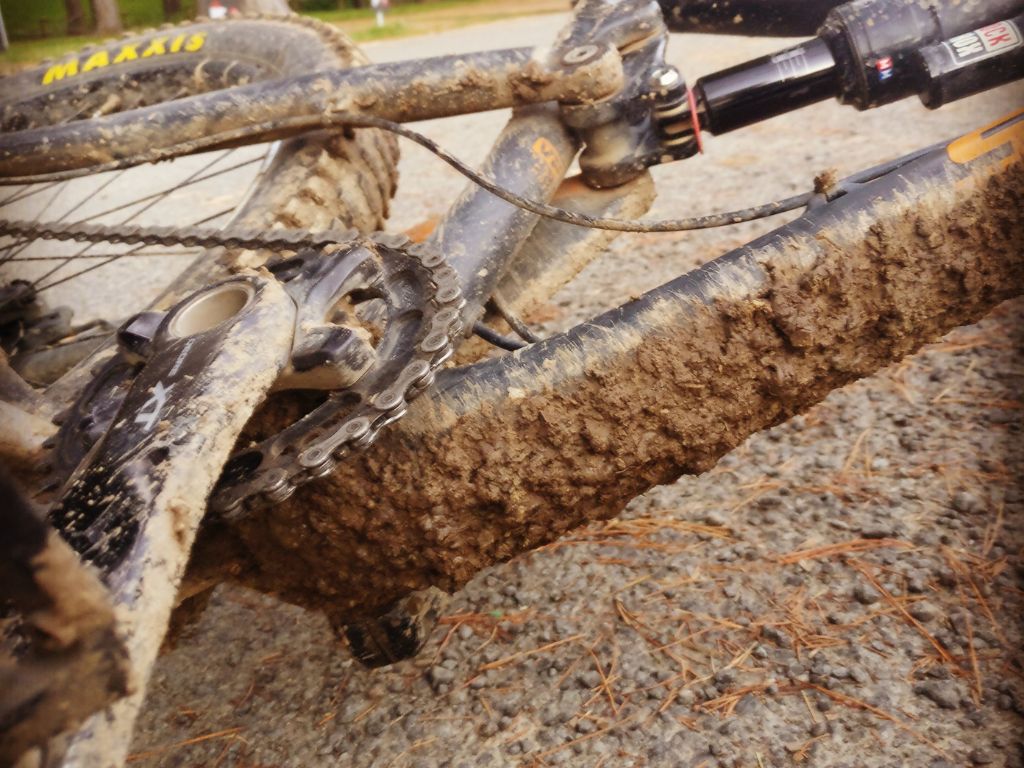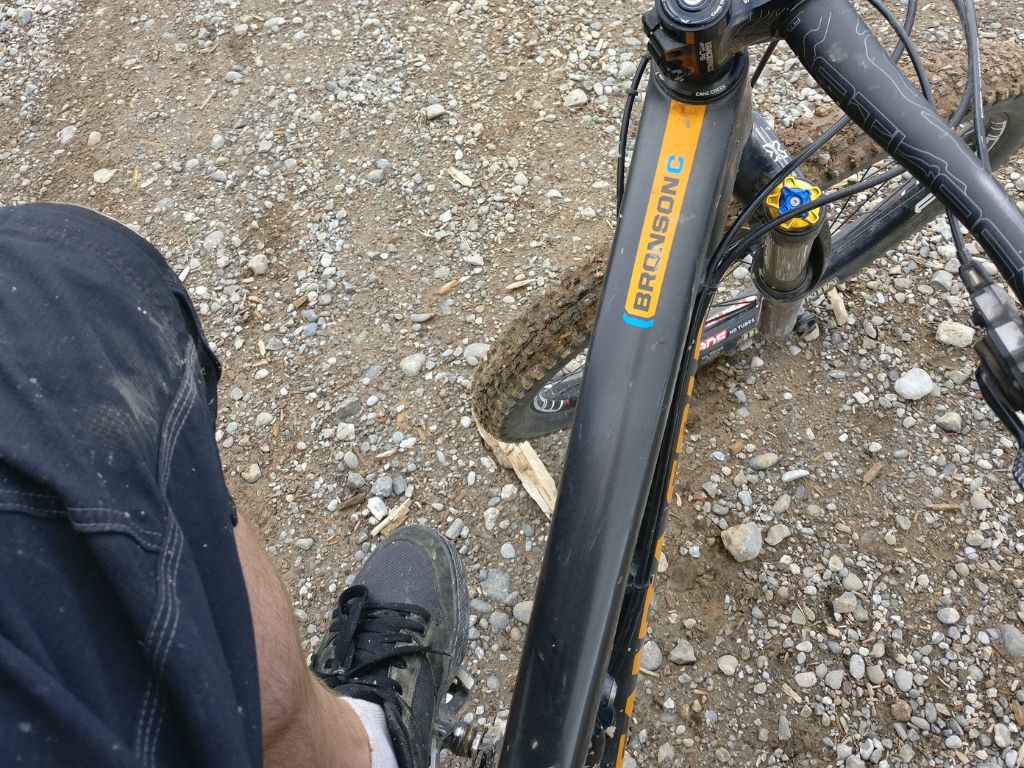If you’re new to mountain biking and wondering to yourself how long your newly purchased mountain bike is likely to last, the answer isn’t as straightforward as you might think.
Several factors play a crucial role in determining the lifespan of your mountain bike. These factors include the bike’s build quality, maintenance routine, riding style, and frequency of use. (And I’ve got plenty of examples from my own many years of mountain biking to give you along the way!)
Build Quality and Materials
First things first, the build quality of your mountain bike is a significant determinant of its lifespan.
Bikes made from high-quality materials like carbon fiber or high-grade aluminum tend to last longer than those made from cheaper materials – or even with similar alloy materials, but shoddily put together with bad geometry, and little care or quality control.
For example, a carbon fiber frame can withstand a lot of stress and is also lightweight, which is a bonus for performance but requires careful handling to avoid damage.
Well made aluminum frames, on the other hand, offer a great balance between durability and weight and are often more affordable.
Components like suspension forks, gears, and brakes also contribute to the bike’s overall lifespan.
Top-tier brands usually use more durable components that can withstand rough terrains and extensive use. However, they come with a higher price tag.
If you’re an occasional rider, a mid-range bike might be more suitable for your needs and budget.

Maintenance: The Lifeline of Your Bike
I cannot stress enough the importance of regular maintenance.
It’s like the health check-up for your mountain bike. Proper care includes regular cleaning, lubricating the chain, checking tire pressure, and ensuring that all bolts and screws are tightened correctly. Also, keep an eye on the brake pads and replace them when necessary.
If you’re riding in muddy or wet conditions often, pay extra attention to the drivetrain and suspension components. Mud and water can accelerate wear and tear, so cleaning your bike after such rides is crucial. If you didn’t already know, when mud and grit builds up in your drivetrain of your mountain bike, it acts similarly to a cutting paste, grinding away at the metal of the cassette and chainrings, wearing everything out much, much faster than if it was kept clean and lubricated.
Regular servicing by a professional is also recommended, especially for high-performance bikes.
Make sure your suspension seals aren’t clogged with dirt and debris, and get your suspension serviced once in a while – if you never get your suspension fork serviced for example, you’re likely over time to cause major damage to it’s stanchions, as the oil inside the fork turns to gritty goop, and the seals start acting like sandpaper with every compression of the fork, instead of making the fork slide smoothly.

Riding Style and Terrain
How you ride and where you ride are significant factors in the longevity of your mountain bike.
Aggressive riding styles, like downhill racing or big jump trails, (and also the more frequent, higher speed crashes) put a lot more stress on the bike.
This can lead to quicker wear and tear, especially on the suspension system and the frame. If you’re into these high-adrenaline riding styles, be prepared for more frequent repairs and replacements.
On the other hand, if you’re more into cross-country riding or you use your mountain bike for leisurely trails, it will likely last longer, provided you maintain it well. It’s all about the impact and stress you put on the bike.
When to Replace Parts or the Entire Bike
Knowing when to replace parts or even the entire bike is crucial.
Generally, components like chains, brake pads, and tires need to be replaced more frequently. If you’re riding often, inspect these parts regularly.
For the frame and suspension, any signs of cracks, severe dents, or structural damage mean it’s time to replace them.
Also, consider the advancements in technology. Mountain biking tech evolves rapidly, and what was top-of-the-line five years ago might now be outdated.
Upgrading to a new bike every few years can enhance your riding experience with the latest features and improvements in bike technology.

My own experience
My main mountain bike (a carbon full suspension Santa Cruz Bronson – by far the nicest bike I have ever owned) has lasted me about 10 years, and is just awesome fun – it is still capable of far more than what my skill level and bravery can throw at it! 😀
I’ve worn through countless tires, shredding them up on rocks and bikepark laps.
The brake pads I’ve worn out several sets – I guess I need to stop braking so much!
The original 160mm suspension fork actually failed on me a few years in – after much aggressive downhill/bikepark riding. The damper exploded mid run, thankfully not injuring me in the process, but once that internal fork part was replaced, I was back in business.
The drivechain I’ve worn out twice now I think from memory, so that has been a reasonably high expense.
I’ve upgraded the pedals, and moved to a wider handlebar and shorter stem – though they were choices rather than necessary upgrades.
I’ve had the fork serviced a few times over those 10 years – not as often as I should have perhaps, and have had a wide range of other assorted bike mechanic visits to sort out various broken spokes, drivetrain issues, etc. The cost of all those mechanic visits definitely added up.
I also destroyed my rear wheel, and had a newer stronger rear wheel built, keeping my existing hub, but upgrading the rim and spokes.
While I didn’t actually destroy my rear shock, I did find the stock air shock not to my liking, so upgraded that to a better one also.
I believe the only other part that I broke was the bottom bracket, a bearing that gets put under a lot of stress over time.
All in all, while the overall bike is still running – it’s had a lot of replacement parts added to it over those 10 years. Would I do it all again? Absolutely. Mountain biking has been a wonderful part of my life, largely enabled by this fantastic (relatively) modern mountain bike.

The bottom line…
The lifespan of a mountain bike can vary widely.
A well-maintained bike made from quality materials, and well regarded mountain bike brand can last many years, even with frequent use.
However, aggressive riding styles and harsh terrains will shorten this lifespan.
Regular maintenance is key, and staying on top of component wear will ensure you get the most out of your mountain biking adventures.
Remember, your bike is as good as you treat it. So, take good care of it, and it will serve you well on many years of awesome rides!
See you on the trail!

